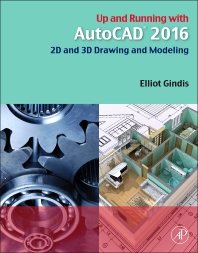Books in Physical sciences and engineering
Books in Physical sciences and engineering
- 1st Edition
- Kenneth Pye
- English

Aeolian Dust and Dust Deposits
- 1st Edition
- M.S. Yalin
- English

River Mechanics
- 1st Edition
- D. Brian Spalding
- Suhas V. Patankar + 2 more
- English

Numerical Prediction of Flow, Heat Transfer, Turbulence and Combustion
- 1st Edition
- Robert P. Cook
- English

Cholesterol
- 1st Edition
- Dimitrios G. Pavlou
- English

Essentials of the Finite Element Method
- 1st Edition
- Volume 1
- E. Delden
- English

Standard Fabrication Practices for Cane Sugar Mills
- 1st Edition
- Maciej Pietrzyk + 3 more
- English

Computational Materials Engineering
- 1st Edition
- Elliot J. Gindis
- English

Up and Running with AutoCAD 2016
- 1st Edition
- Magued Iskander + 2 more
- English

Rapid Penetration into Granular Media
- 2nd Edition
- Michael S. Zhdanov
- English

Inverse Theory and Applications in Geophysics